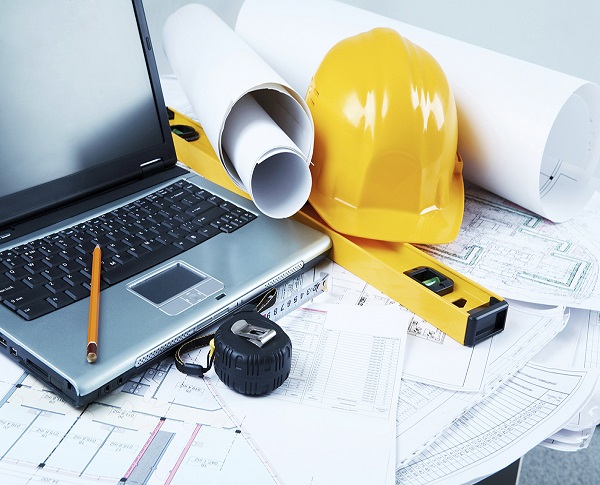Free Course
CHST Study Material
If you want to ace the CHST from the comfort of your own home, in your own time, then you need this Prep Course.
Course Modules - (71)
Feeling lost, overwhelmed, and stressed when it comes to the CHST Exam? We totally understand. The CHST can be a major roadblock, but it doesn't have to be! Enroll Now!
Learning Outcomes:
- Online classes tend to be more cost-effective than in-person courses. You can save on travel expenses, lodging, and other associated costs, making online training a more budget-friendly option. Additionally, online courses can often be completed more quickly than their in-person counterparts, as you can work through the material at your own pace and without the constraints of a fixed class schedule.


